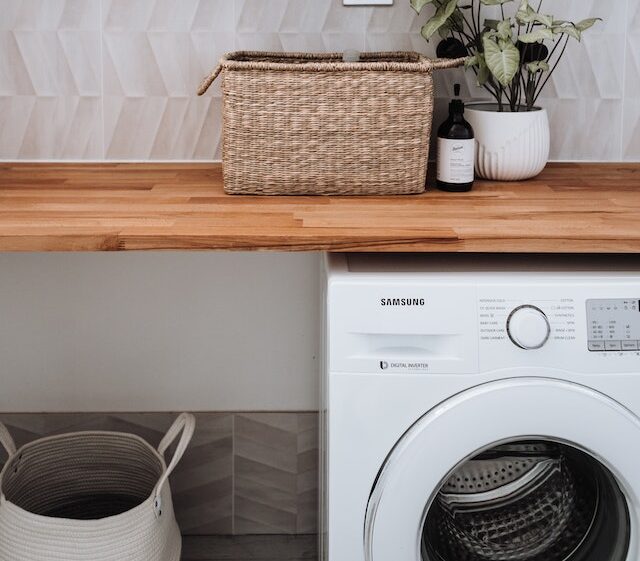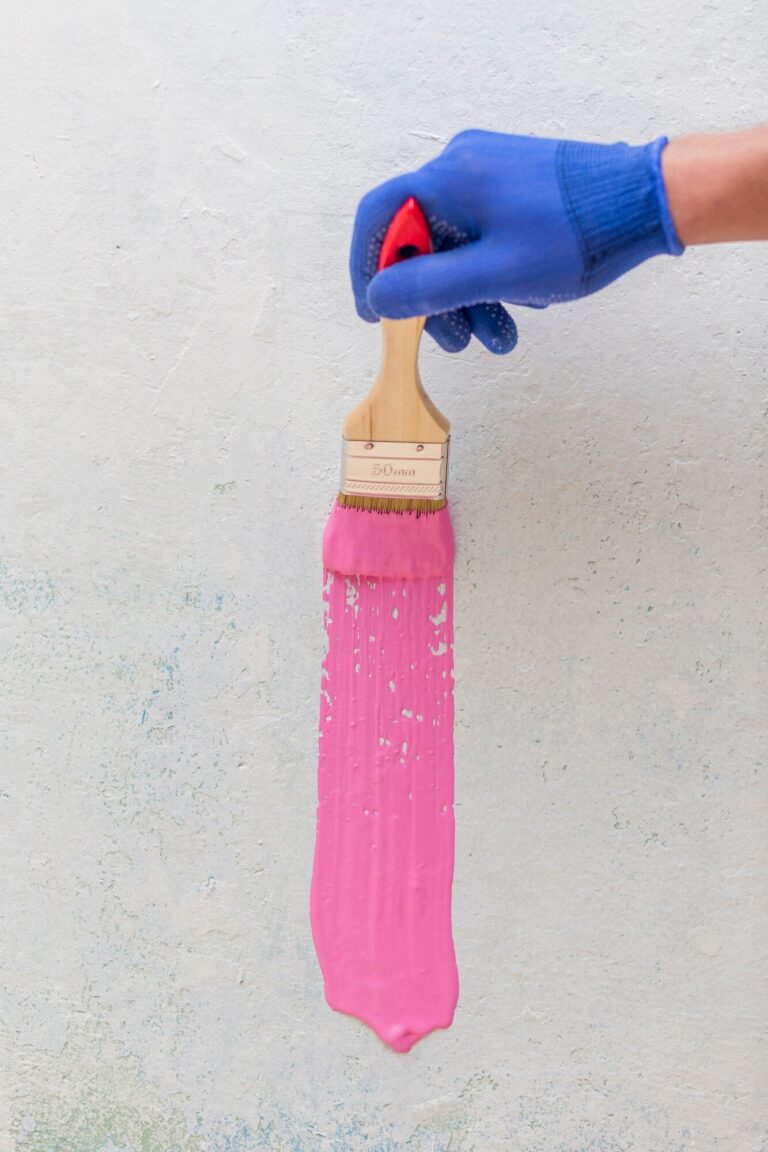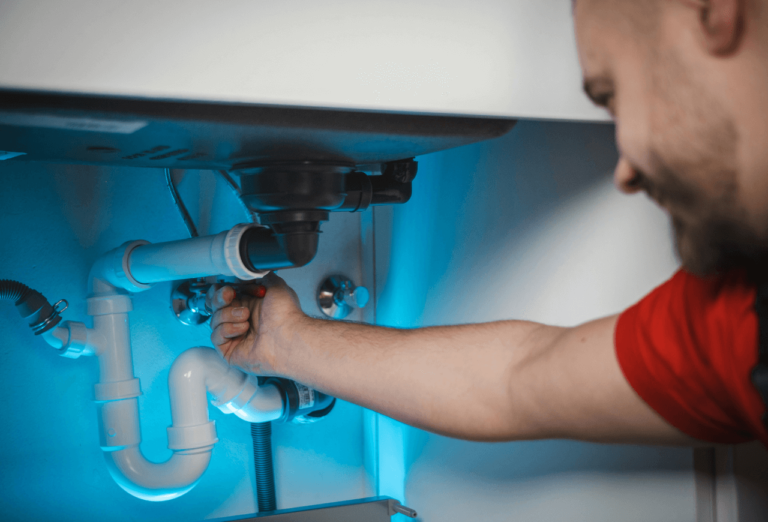Washing machines are one of the most hard-working components of a modern home for many people, especially those with children. The idea of doing laundry by hand is almost unfathomable for many people nowadays, as these handy machines have become ubiquitous in our everyday lives.
However, washing machines can sometimes cause more harm than good, especially if they begin malfunctioning. Not only will you have to lug all your dirty laundry to a laundromat and babysit it to ensure no one takes out your load before it’s done, but you’ll also need to call a qualified Portland water damage remediation expert to protect your greatest investment: your home. Water damage due to a broken washing machine is more common than you think, and today we’ll discuss five of the most common causes for that suspicious pool under your appliance.
The water supply hoses can grow worn over time, leading to leaks
As you would expect, a washing machine needs to draw water into the unit, and then allow that water to drain out when it’s done scouring your clothes. There are a number of hoses running in and out of the appliance: a hot water and cold water hookup and a draining hose, as well as several hoses inside the tub itself. Just as with everything else, these hoses will wear out over time, especially if the washing machine has not been placed properly and the hoses are kinked in any way. Depending on the severity of the damage and which hose is broken, this can cause either a huge rush of water or a steady drip, either of which comes with its own concerns. Small leaks can easily cause serious water damage over time through the proliferation of mold, so it’s important that you check behind your unit to ensure there’s no nefarious dripping that could ruin your drywall.
Poor drainage leads to leaks and spills
Regarding the drainage hose, it can get clogged or worn, just like the intake hoses, and this can become a serious problem. If you don’t perform a clean cycle every once in a while, debris can start to build up in the hose, wearing it down and making leaks more likely.
You also need to look beyond the unit itself and consider the area around the washing machine. The drainage hose is attached to a drain in the floor, and this, too, can become obstructed; depending on the setup, this can either be highly visible, such as a gunked-up grate on the floor, or less obvious, such as a slow drip near the button of the unit as the hose enters the drain. You may have to call a plumber in addition to a water damage remediation team to handle this issue.
A valve has been damaged and is now stuck open
There are a variety of valves that need to function properly so that water goes into the tub and out again without concern. Your washing machine is hooked up to both hot and cold lines, which both connect to something called a solenoid valve, which feeds the selected water into a single hose. There’s also a valve that opens when the washing cycle is over, letting the water drain out of the machine. If the draining valve is stuck open, this will just let the water flow right out of the unit before it can do any cleaning, but if either of the intake valves are broken, you can get serious flooding under the unit.
You might be surprised to learn that your washing machine is actually designed to dump water onto your floor if any of the valves fail. This is because it might otherwise overflow and damage the engine of the machine, which would lead to a total destruction of the unit – and maybe even a fire. While it’s frustrating to have to soak up a bunch of water, it’s far preferable to having to replace a thousand-dollar machine; this way, you can just have the valve fixed and get a quick assessment by a water damage remediation expert to ensure there are no concerns from the leak.
The water pressure sensor is malfunctioning
In order to register that the machine is full or empty, your washing machine has a water pressure sensor. This sensor, usually located at the top of the machine, notes how much water is available and, once it gets to a certain point, will shut the valves and begin the washing cycle; similarly, it will identify when all the water has drained out so that the cycle can end.
As with other components of the system, this sensor can malfunction and no longer be able to identify how much water is in the tub. In the “best” case scenario, this just means that it overestimates the water level, and you deal with not-quite-clean clothes, but it can also underestimate the level and flood the unit. As mentioned before, this will activate the overflow port to protect the engine, and you will have a puddle all over the floor.
An internal seal is broken
Your washing machine has tight seals inside to prevent water from escaping and spilling everywhere, as otherwise, you’d be swimming every time you tried to clean clothes. Over time, these break down due to the constant pressure of water shooting past them, and they may begin to leak. These can be quite insidious, as it may only be a small trickle that slowly starts to eat away at the flooring and grow mold; by the time you realize that there is a problem, you may have some serious water damage on your hands.
Keep a close eye on your washing machine to ensure that there are no leaks or drips
Some of these concerns may be very obvious, such as a flooding basement, but others might be hard to notice, like a steady drip below your unit. It’s important that you inspect your washing machine regularly so that you don’t need to deal with wet flooring or mold growth around your unit. Make a plan to run a cleaning cycle once a week, and stand to watch as it completes in order to note any potential leaks.
However, if you find yourself dealing with any of these problems, know that you can get help: a friendly water damage restoration company is just a phone call away, ready to combat mold and make your home safe again.



